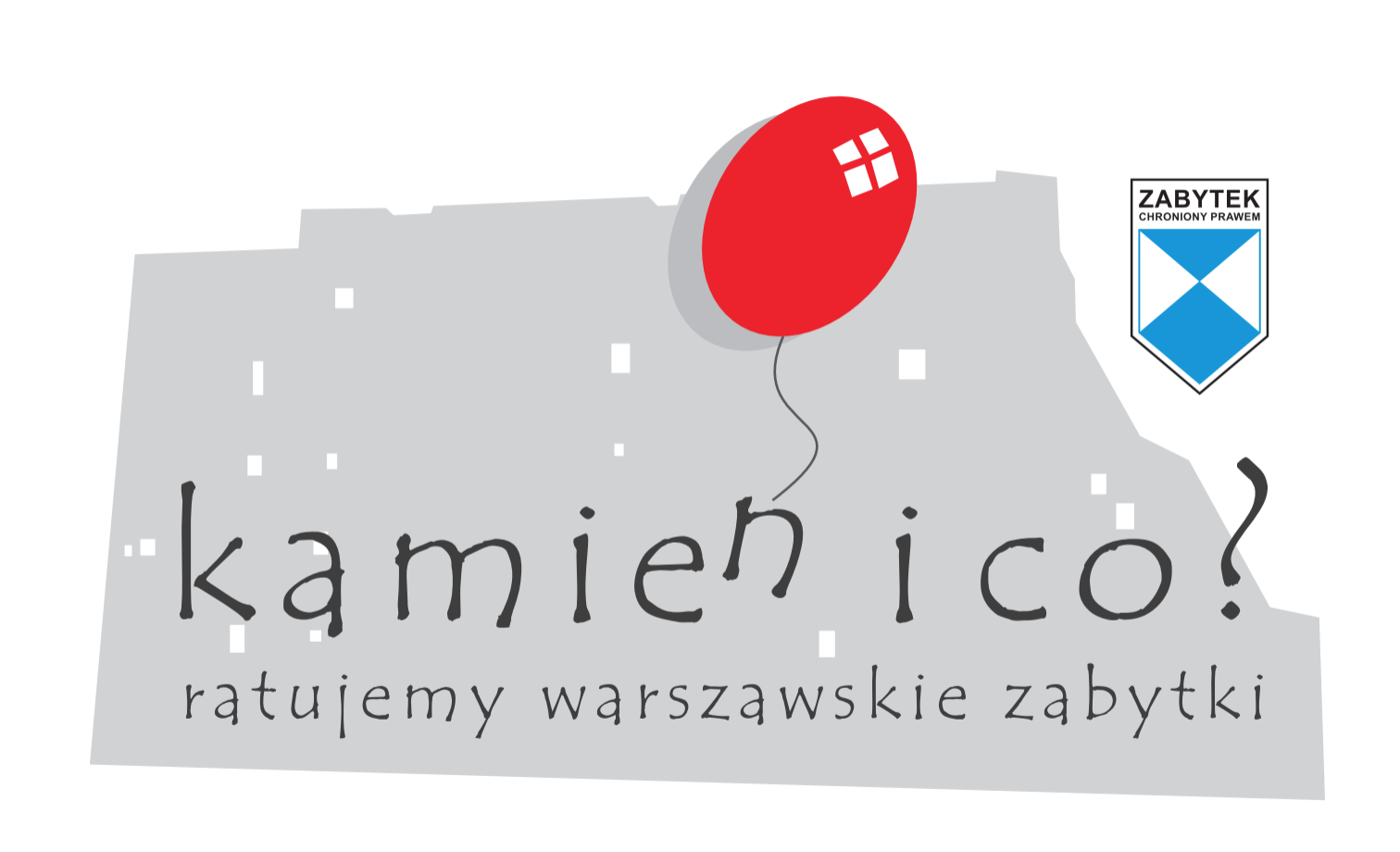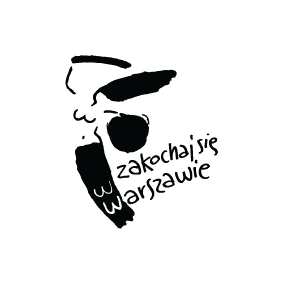
Kamiński Theatre
1/3 Oboźna Street
"Kamiński built the Jewish Theatre and Szyfman built the Polish Theatre", repeated an old Warsaw joke, which circled the streets of the city around 1913 and which by today's standards would be considered politically incorrect.
Two Theatres
The seat of Arnold Szyfman's Polish Theatre can still be seen today. It is an elegant building at 2 Karasia Street, which was rebuilt after World War II. Three hundred meters down the road, towards the Vistula escarpment, at 1/3 Oboźna Street, we can find the remains of a rotunda on Dynasy, that is the ground floor of a building bought by Abraham Isaac Kamiński, where he opened the first permanent Jewish theatre in Warsaw.
However, the building had some drawbacks. Actors and audiences complained about bad acoustics. No wonder because the building was adapted for the needs of a theatre. The Rotunda on Dynasy was opened on 20 November 1896, as another “one picture gallery”. The building designed by Antoni Jabłoński, in cooperation with Karol Kozłowski, was created to exhibit the "Tatra Panorama" – a monumental view from the top of the Miedziany summit, painted by a team of artists which included Włodzimierz Tetmajer and Wincenty Wodziński, among others. The canvas was 115 meters long and 16 meters wide.
Unfortunately, the installation did not bring the expected profits, and the fashion for panoramas gradually disappeared, which is why the exhibition was liquidated in 1899. In 1906, the building was purchased by the Warsaw Cyclists' Association to house a winter sports hall, and finally, the round building at Oboźna Street was adapted for a theatre. The first performances were staged there in 1909 and four years later, the stage was taken over by an enterprising and ingenious Abraham Izaak Kamiński, who knew how to maintain good relations with Tsarist officials. In the rotunda, he managed to arrange an auditorium with 1.200-1.300 seats.
Family is Best for... Starting a Theatre Together
Abraham Isaac Kamiński was an acclaimed actor, but his performances were overshadowed by his wife's fame – Estera Rachela Kamińska was called "the mother of Yiddish theatre". Together, they created a family troupe and gave rise to an influential acting dynasty, which included various relatives: their older daughter Regina Kamińska (who married Herszel Wajsman) and their younger, Ida Kamińska, were both actresses, while their only son Józef Kamiński was a cellist and composer. Estera Rachela's granddaughter, Ruth Turkow-Kamińska, was also a theatre and film actress.
The Kamiński and the Weinberg Families
The stabilisation that the Kamiński family enjoyed, achieved thanks to the acquisition of the theatre on Dynasy, was short-lived. During World War I, the German authorities took over the theatre, so the family was forced to go on tour again. Abraham Isaac Kamiński died in 1918 and the theatre stopped functioning for a little while. The performances resumed in 1921. New plays were staged primarily by members of the Kamiński and Turkow clans, for example the WIKT ensemble (Warszawski Żydowski Teatr Artystyczny – Warsaw Jewish Art Theatre) led by Ida Kamińska and Zygmunt Turkow.
Mieczysław's father was professionally associated with other bands established by the Kamiński–Turkow family. In a personal questionnaire created by the Association of Jewish Stage Artists in August 1922, he indicated the above theatre as his place of employment. Mieczysław Weinberg did the same while in the USSR, in the late 1940s, when he wrote his official artistic biography. Sonja Weinberg also played in Abraham Isaac's band.
Further Fate of the Rotunda on Dynasy
Some two years before the outbreak of World War II, the building and the surrounding lot were thoroughly rebuilt, while the theatre and the cycling track on the embankment were demolished. At that time, a modern garage with 280 parking spaces was built in the rotunda, with an automobile workshop and a gas station. The building was destroyed during World War II, and the ground floor (visible to this day), served as a storehouse for the decorations of the Adolf Szyfman Polish Theatre since 1955.








